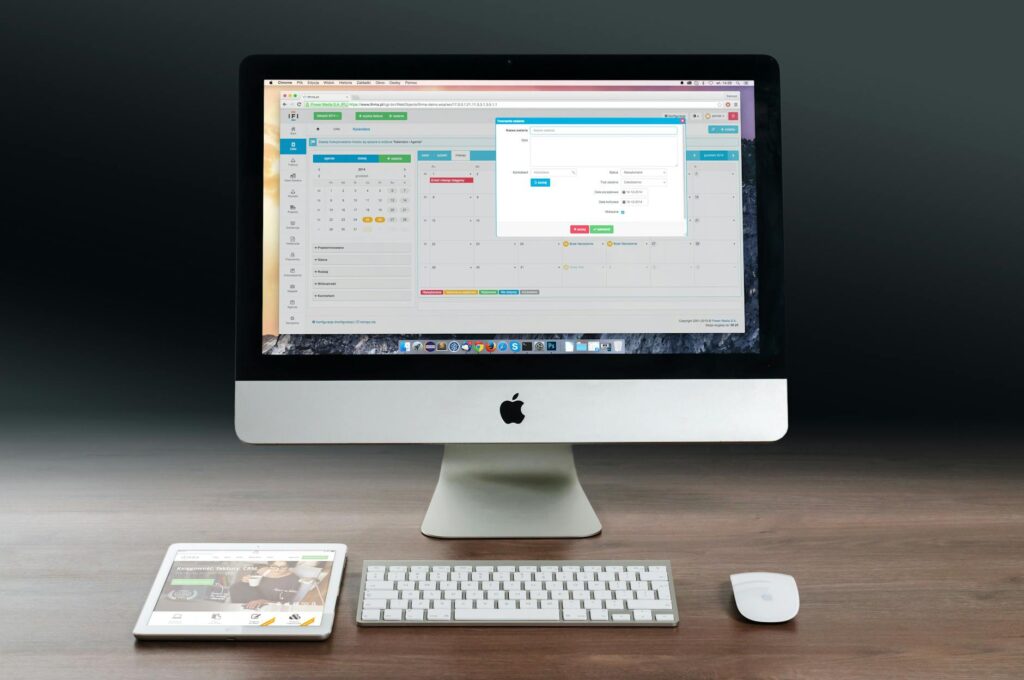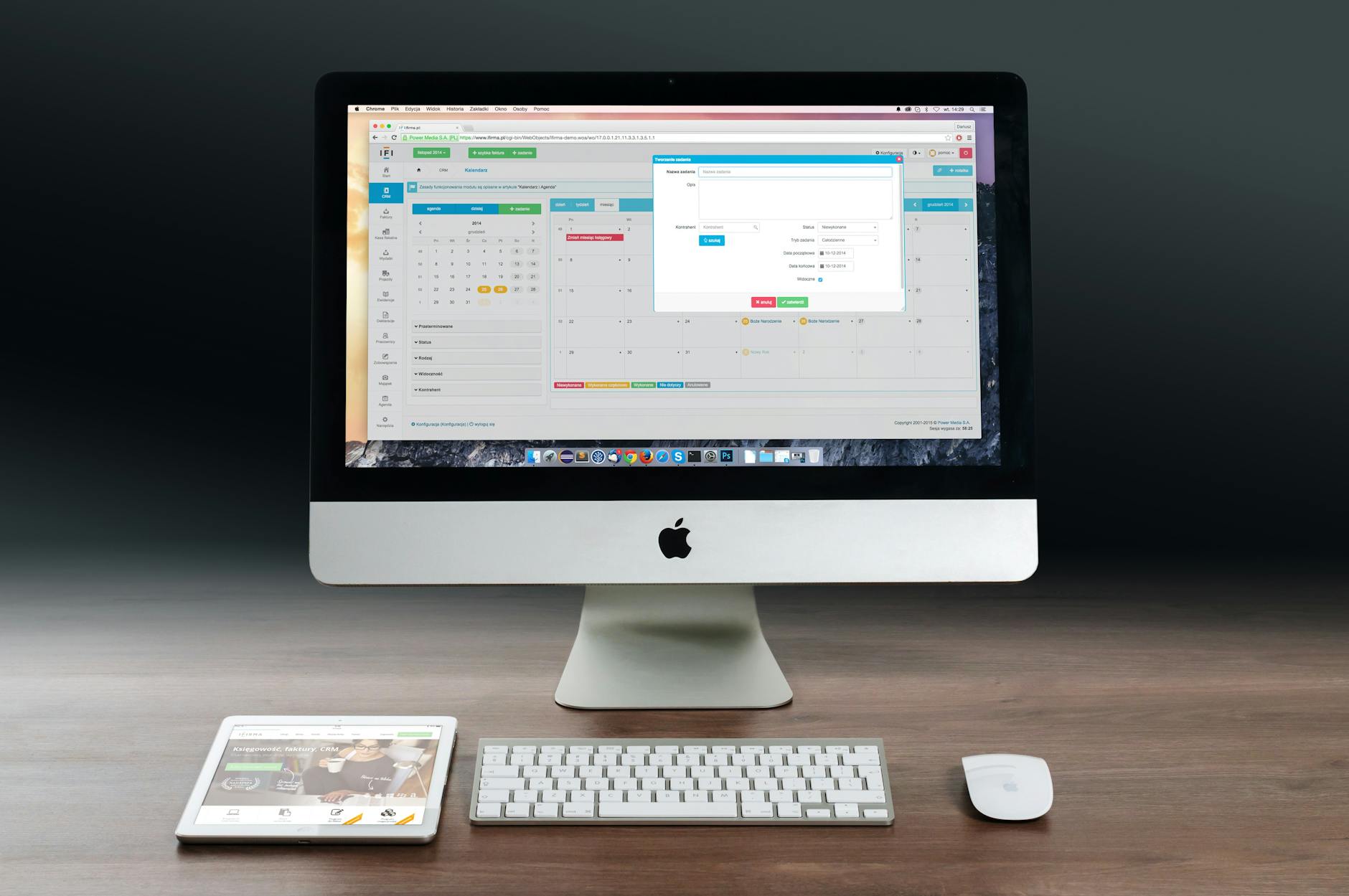What is productivity application?

What is productivity application?
In our fast-paced world, staying productive is more crucial than ever. Productivity applications have emerged as indispensable tools for managing tasks, optimizing time, and enhancing personal efficiency. Whether you’re a student juggling assignments or a professional managing multiple projects, productivity applications can help streamline your workflow and free up valuable time.
Understanding Productivity Applications
A productivity application is a software tool designed to assist users in managing their daily tasks and responsibilities. The primary purpose of these applications is to boost personal and professional productivity by providing a structured environment for organizing tasks, setting reminders, and tracking progress. With the right productivity application, you can turn chaos into order, making it easier to focus on what truly matters.

Photo by Pixabay
The Importance of Productivity Applications
The benefits of using productivity applications are numerous. They not only help improve organization but also enhance time management skills and prioritize tasks effectively. According to Opal, using these tools can lead to reduced stress levels, better focus, and improved overall well-being. Additionally, a well-structured productivity application can automate routine tasks, allowing you to concentrate on high-value work.
Types of Productivity Applications
There’s a broad spectrum of productivity applications available, each catering to different needs. Here’s a closer look at various categories:
Task Management Applications
Task management applications are designed to help users create, track, and manage their tasks. Features often include task assignment, deadline setting, and progress tracking. Popular examples include Todoist and Asana, which allow users to break down projects into manageable tasks and assign deadlines.
Time Tracking Applications
Time tracking applications are essential for measuring productivity. They help users monitor how much time is spent on various tasks, allowing for better allocation of resources. Tools like Toggl and Harvest are excellent examples. These applications provide insights into how your time is spent, helping you identify areas for improvement.
Note-Taking and Organization Tools
Note-taking applications play a critical role in facilitating better organization and information retention. Tools like Evernote or Notion offer features for organizing information, creating to-do lists, and saving important documents, all in one place. These applications enable users to capture ideas and notes quickly, reducing the risk of forgetting essential information.
Choosing the Right Productivity Application
Selecting the right productivity application can feel overwhelming, given the plethora of options available. Here are a few factors to consider when making your choice:
Identifying Personal Needs
Before diving into the world of productivity applications, take a moment to assess your specific challenges. Are you struggling to manage multiple projects? Do you need help prioritizing tasks? Identifying your personal needs will guide you toward the right tools that can effectively address your challenges.
Evaluating Features and Usability
The user interface and specific features of a productivity application can significantly enhance the user experience. Look for applications that offer intuitive designs and features tailored to your needs, like calendar integration, collaboration tools, or mobile access. A well-designed interface can make all the difference in how effectively you utilize the application.
Best Practices for Using Productivity Applications
To maximize the benefits of your chosen productivity application, consider implementing these effective strategies:
Setting Clear Goals and Priorities
It’s vital to define clear goals and prioritize tasks effectively. When you set specific, measurable objectives, your productivity application can serve as a roadmap to achieve them. Regularly revisiting your goals ensures that you stay on track and adjust your approach as necessary.
Regularly Reviewing and Adjusting Techniques
Just as it’s essential to set goals, reviewing your productivity techniques should be a regular activity. Take the time to assess which methods are working and which aren’t. Adjust your tools and strategies as necessary to ensure you’re always using the most effective techniques for your unique situation.
Conclusion
In conclusion, productivity applications are powerful tools that can significantly enhance your efficiency and effectiveness in both personal and professional settings. By understanding the different types of applications available, choosing the right one for your needs, and applying best practices for usage, you can take control of your productivity. With various options at your fingertips, why not explore different applications that can help you reach your goals? Start today, and unlock your full potential!